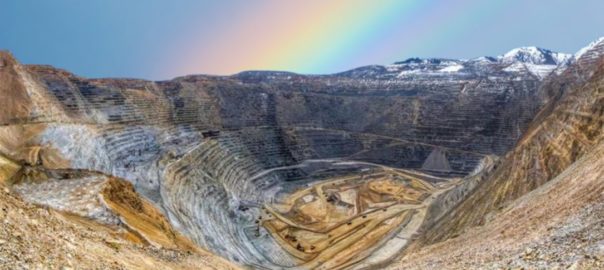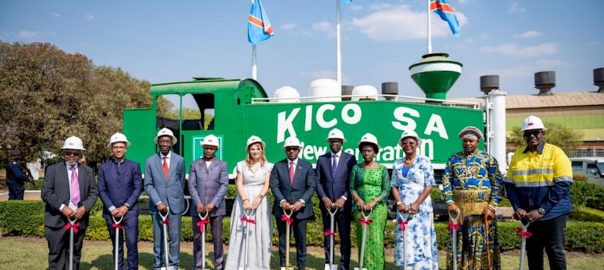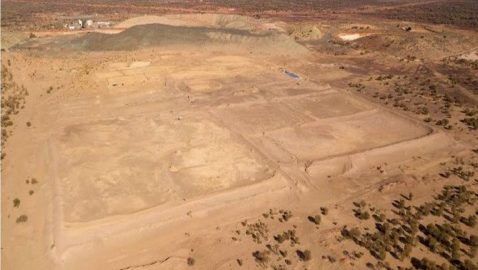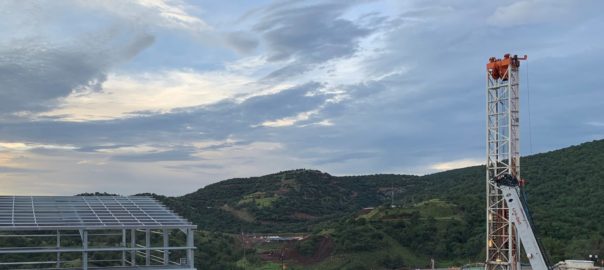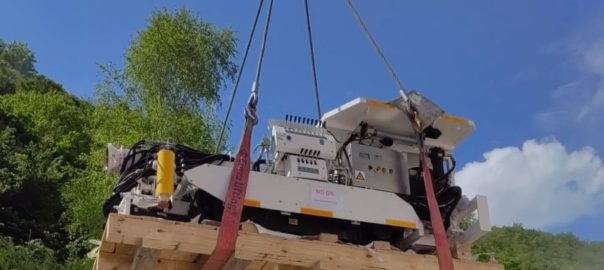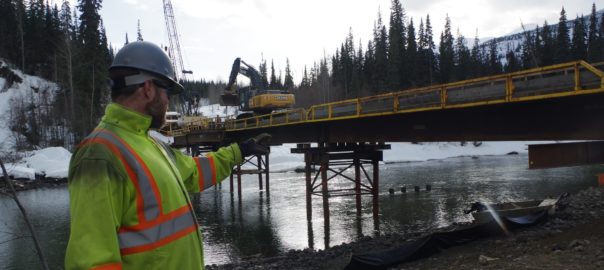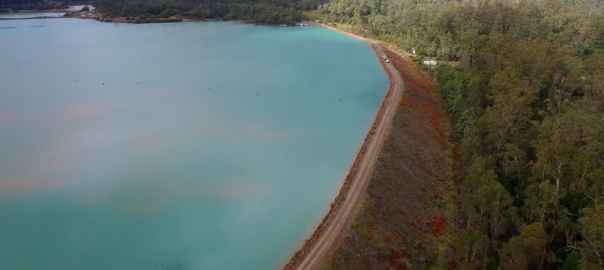Rio Tinto has approved a $55 million investment in development capital to start underground mining and expand production at its Kennecott copper operations in Utah, USA.
Underground mining will initially focus on an area known as the Lower Commercial Skarn (LCS), which will deliver a total of around 30,000 t of additional high-quality mined copper through the period to 2027 alongside open-pit operations, Rio says. The first ore is expected to be produced in early 2023, with full production in the second half of the year. It will be processed through the existing facilities at Kennecott, one of only two operating copper smelters in the US.
Kennecott holds the potential for significant and attractive underground development. The LCS is the first step towards this, with a mineral resource of 7.5 Mt at 1.9% Cu, 0.84 g/t Au, 11.26 g/t Ag and 0.015% Mo identified based on drilling and a probable reserve of 1.7 Mt at 1.9% Cu, 0.71 g/t Au, 10.07 g/t Ag and 0.044% Mo.
Underground battery-electric vehicles are currently being trialled at Kennecott to improve employee health and safety, increase productivity and reduce carbon emissions from future underground mining fleets. A battery-electric haul truck and loader supplied by Sandvik Mining and Rock Solutions – a Sandvik LH518B 18 t battery-electric LHD and a Sandvik Z50 50 t battery-electric haul truck – are being used to evaluate performance and suitability as part of underground development work.
Rio Tinto Copper Chief Executive, Bold Baatar, said: “This investment will allow us to quickly bring additional volumes of high-quality copper to the market and build our knowledge and capabilities as we evaluate larger scale underground mining at Kennecott. We are progressing a range of options for a significant resource that is yet to be developed at Kennecott, which could extend our supply of copper and other critical materials needed for electric vehicles and renewable power technologies.
“Trialling underground battery-electric vehicles is an exciting step in our work to create a safer workplace for our employees, increase the productivity of the mine and reduce emissions from our operations. We look forward to seeing their potential for deployment.”
Existing undergound infrastructure is currently being extended to enable early access to the next underground resource and undertake characterisation studies. A feasibility study to inform decisions on the next phase of underground production is expected to be completed in 2023. This will be one of several potential stages currently being investigated.
Feasibility studies are also being progressed to extend open-pit mining at Kennecott beyond 2032.







